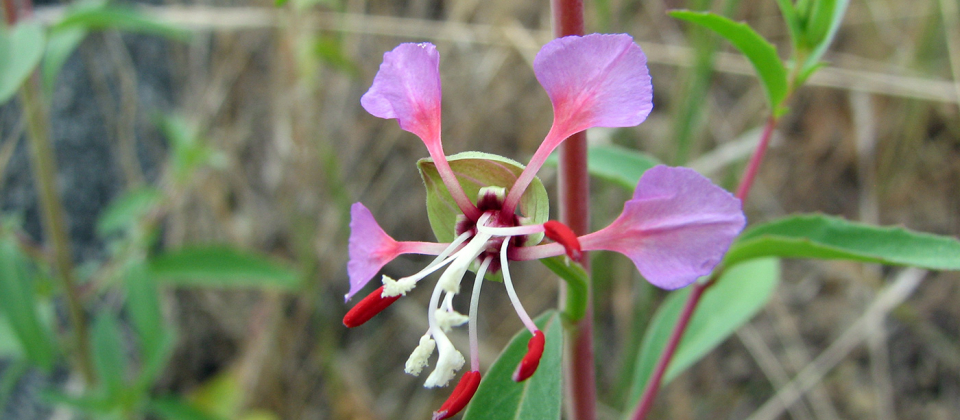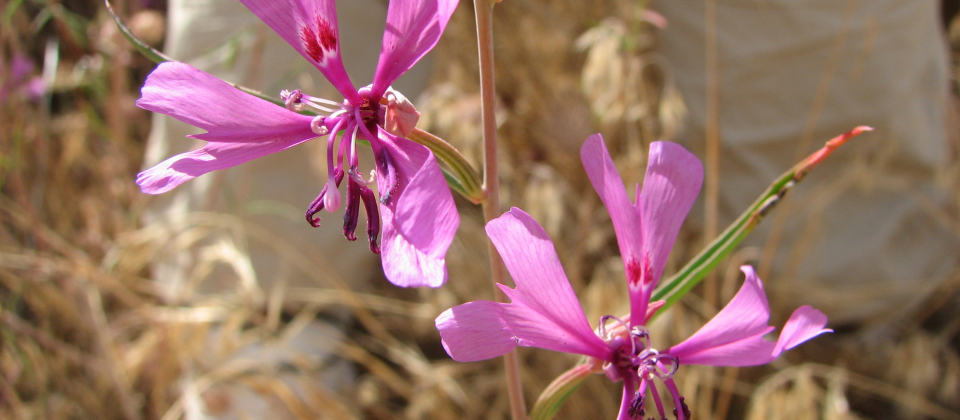Our research aims to detect the mechanisms by which plants adapt to the ecological risks and opportunities that they encounter, and to explore the genetic constraints that may limit the rate or degree of adaptation. We integrate the tools of quantitative genetics; comparative biology; artificial selection; plant demography, pollination, and phenology; fluorescence microscopy of reproductive functions; and ecophysiological surveys.
Most of our research focuses on the intersection between plant ecology and evolution. The evolutionary components of our research aim to detect the process and outcome of natural selection on fitness-related traits within and among wild plant species and to test both long-standing and novel hypotheses and predictions concerning the mechanisms of evolutionary change and their outcomes. The ecological components of our research address questions concerning the effects of environmental conditions on fitness-related traits at a variety of scales: within and among populations, taxa, and plant communities. Accordingly, our research aims to test hypotheses that require an understanding of both ecological and evolutionary processes — this is the purview of the field of evolutionary ecology.
In our work within wild plant populations, we use the tools of quantitative genetics and plant breeding because most ecologically important traits exhibit continuous variation and are influenced by both environmental conditions and many genes of small effect. The heritability of fitness-related traits and of individual fitness — and their correlations with other traits on which natural selection simultaneously operates — can be accurately assessed under natural conditions using the tools of quantitative genetics. Estimates of the heritability of individual traits and their genetically based correlations with other traits can then be used to test myriad evolutionary predictions in both garden-raised and wild populations.






